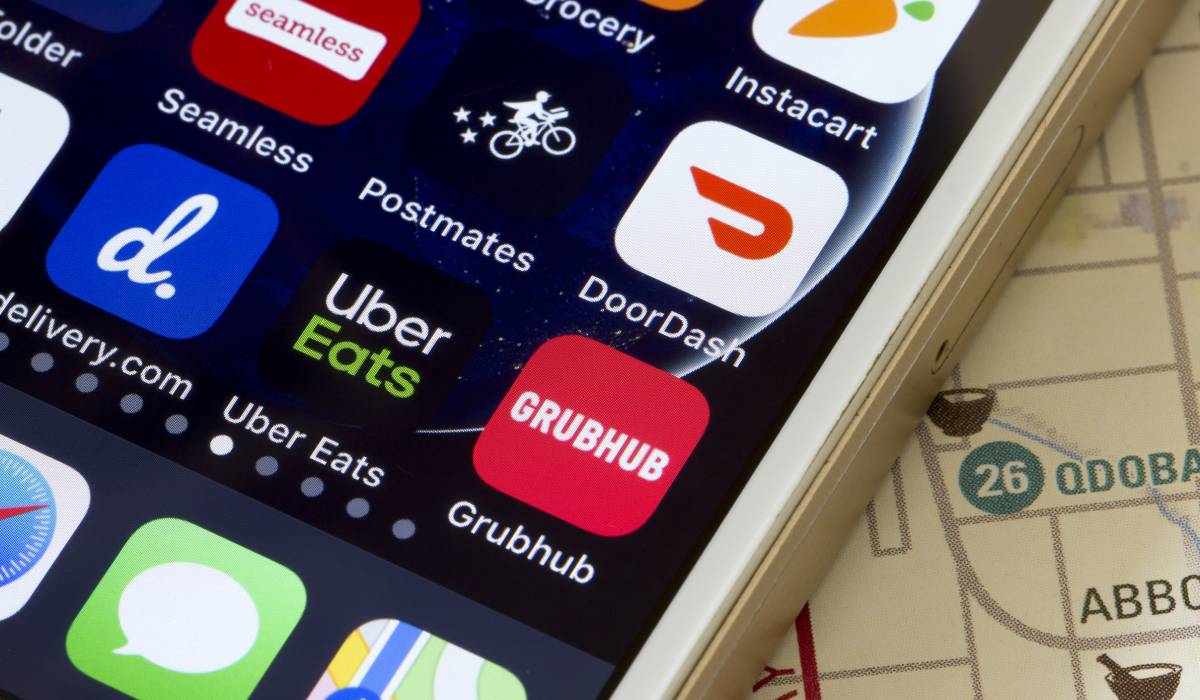Editor’s note: This is the final article in a five-part series on menu pricing. Read part one here, part two here, part three here, and part four here.
Are delivery commissions driving you crazy? Yes, you could just decide to not offer delivery, but given a recent Sense360 study found 62 percent of delivery orders are incremental, it might be the basic “penny wise and pound foolish” sort of decision.
So, what can you do? Given a choice, you’d rather have customers order takeout or delivery directly from you. But, are there other options other than completely changing your production model and cost structure? Let’s go back to perceived fairness (Part 2 of this series), rate fences (Part 3), and prospect theory (Part 4) to evaluate the use of rate fences, takeout/delivery pricing and channel pricing (charging different prices based on where customers place their order)
Rate Fences:
Let’s look at the possibility of rate fences with delivery. In some of my recent research, I asked respondents to evaluate the fairness of different delivery rate fences including time of day, day of week, busy periods and meal periods. Overall, all of the rate fences were considered to be relatively fair (3–3.5 on a 5-point scale),
Respondents were randomly assigned to premium (costs more) or discount (costs less) conditions for each rate fence. We can use prospect theory here. The basic premise of prospect theory is that you always want to frame things as a gain to consumers rather than a loss. For example, let’s take a look at the time of day rate fence. The “premium” scenario was, you pay more if you order between 6 and 8 p.m. and the ‘discount’ scenario was you pay less if you order before 6 or after 8. People rated the “discount” scenario to be significantly more fair than the ‘premium’ scenario. I. found the same thing for the day of week and meal period rate fences. So again, prospect theory comes to the rescue—always remember to frame things as a gain to your customers.
Carryout/Delivery Pricing:
How about encouraging your customers to use drive-thru or carryout to get their orders rather than opting for delivery? This is another perfect application of prospect theory. Ask yourself, which would customers consider to be fairer: One, delivery orders cost more or two, takeout orders cost less? Lower prices for takeout for sure. Why? Lower prices are seen as a gain (“wow, look at the deal I got”) rather than as a loss (“gee, I had to pay more”). Domino’s did a masterful job with this concept by offering their customers a “tip” to pick up their own orders.
In another study I conducted, I asked just that question and asked respondents to evaluate the perceived fairness of takeout/delivery pricing on a 1–5 scale. As you might expect from prospect theory, respondents who were asked to evaluate the “takeout costs less” scenario rated it as significantly more fair (4.06) than those assigned to the ‘delivery costs more’ (3.56). Interestingly, both scenarios were considered to be fair.
Channel Pricing:
There’s a move afoot to encourage your customers to order directly from you so that you can convert third party orders into direct orders. In fact, customers would prefer to order directly from a restaurant, but then you would face the challenge of developing the infrastructure to be able to deliver the order. But, let’s leave that question alone for a moment and discuss how you could use pricing to drive more direct business.
You could charge higher prices for orders placed through third-party delivery platforms. Obviously, the platforms have put some restrictions on this, but just what do customers think about having different prices depending on where they place their order? In some of my recent research, I presented respondents with one of two scenarios: One, the restaurant and third-party delivery platform prices were the same and two, the prices were different. Interestingly, customers were more familiar with the prices being different than being the same. That’s good news!
But, what do customers think about these pricing approaches? Respondents evaluated the “same” price scenario as significantly more fair and more acceptable than those in the ‘different’ price scenario. Based on this, charging different prices may cause you some customer satisfaction issues. That being said, having different prices wasn’t seen as an unfair practice.
There are other non-pricing approaches that you might want to consider to encourage your customers to order directly from you. For example, as Meredith Sandland and Carl Orsbourne recently pointed out, you can offer loyalty points, redesign your menu, provide a superior service experience and offer targeted promotions.
Summary:
Rate fences work well for delivery, whether they are by time of day, day of week, meal period or delivery versus takeout. They work even better when you use your prospect theory to your benefit—remember to always frame things as a gain to your customers.
Charging different prices by channel meets with mixed consumer reaction. If you decide to go this route, be sure to combine it with things such as special delivery menus and other things that help enhance the customer experience.
I hope that you’ve found this series of articles to be interesting and, more importantly, of value.
Sherri Kimes (sherrikimes.com) is an Emeritus Professor at the Hotel School at Cornell and specializes in pricing and revenue management. She is passionate about helping restaurants increase profitability. She can be reached at sk@sherrikimes.com.











